When Margaret “Maggie” Rowland was a young girl in the 1940s, her grandmother would sit by the fireplace in a small farmhouse in rural Ohio, a basket of yarn by her feet, her hands moving with quiet determination as she crocheted row after row of a blanket that would later keep the family warm through
When Margaret “Maggie” Rowland was a young girl in the 1940s, her grandmother would sit by the fireplace in a small farmhouse in rural Ohio, a basket of yarn by her feet, her hands moving with quiet determination as she crocheted row after row of a blanket that would later keep the family warm through bitter Midwestern winters. Maggie remembers watching, fascinated, as her grandmother’s gnarled fingers worked the needle with a rhythm so natural it seemed like second nature. “Back then,” Maggie recalls, now in her late eighties, “you didn’t run to the store for a blanket. You made one. Each stitch was done with care, and each blanket had a story.”
That simple act of creating warmth out of yarn has roots stretching back centuries. Handmade blankets were once a necessity, not a hobby. Before the industrial revolution and mass-produced textiles, families relied on their ability to knit, crochet, weave, or quilt their own covers. These blankets often marked milestones births, weddings, or a child’s first bed and many became treasured heirlooms, passed down through generations, carrying the love and skill of those who made them.
The Heritage of Blanket Making
Different cultures around the world developed their own traditions. In Appalachia, patchwork quilting became a way to use scraps of fabric, turning what was once waste into vibrant, functional art. In Scandinavian countries, woolen knitting kept families insulated against long, harsh winters. For Native American communities, woven blankets carried sacred meanings, with patterns telling stories or marking important ceremonies.
In Maggie’s household, crocheting was more than just a pastime. It was an act of resourcefulness. “Wool wasn’t cheap,” she explains. “We’d unravel old sweaters or save yarn from worn-out scarves and use it again. Nothing went to waste.” That ethos of sustainability resonates today, as more people turn to handmade crafts in an effort to reduce waste and embrace slow living.

How to Make a Handmade Blanket Today
While the tools and materials have evolved, the heart of the process remains the same: patience, creativity, and care. Here is a step-by-step guide for anyone who wants to try their hand at creating a handmade blanket:
- Choose Your Method – Decide whether you want to knit, crochet, or quilt. Knitting and crocheting involve yarn, while quilting uses fabric patches sewn together. Beginners often start with crochet because of its forgiving stitches and simple tools.
- Select Materials – For knitting or crocheting, pick a yarn that matches your desired texture—soft cotton for lighter blankets, chunky wool for warmth, or recycled yarn for eco-friendly projects. For quilting, collect fabric pieces, either new or repurposed from clothing, sheets, or even curtains.
- Gather Tools – Knitting requires two needles; crocheting requires a hook; quilting needs a needle, thread, and often a sewing machine for larger projects. You’ll also need scissors, measuring tape, and patience.
- Start Small – Beginners can practice with a baby blanket or a simple lap quilt. These smaller projects are less intimidating and easier to complete, building confidence before tackling a full-sized bedspread.
- Learn the Stitches – Mastering basic stitches is key. For knitting: the knit and purl stitches. For crochet: chain, single crochet, and double crochet. For quilting: the simple running stitch. Online tutorials, local craft classes, and even old library books are excellent resources.
- Work Consistently – Like Maggie’s grandmother, consistency builds skill. Set aside time each day to work on your project. Handmade blankets are not created overnight—they are built slowly, one stitch at a time.
- Add Personal Touches – Choose colors or patterns that reflect your personality. Embroider initials, sew on fabric pieces from meaningful garments, or use yarn from a family sweater to weave history into your creation.
- Finish With Care – Once complete, block your knitted or crocheted blanket to shape it properly, or bind the edges of your quilt for durability. A well-finished blanket will last decades.
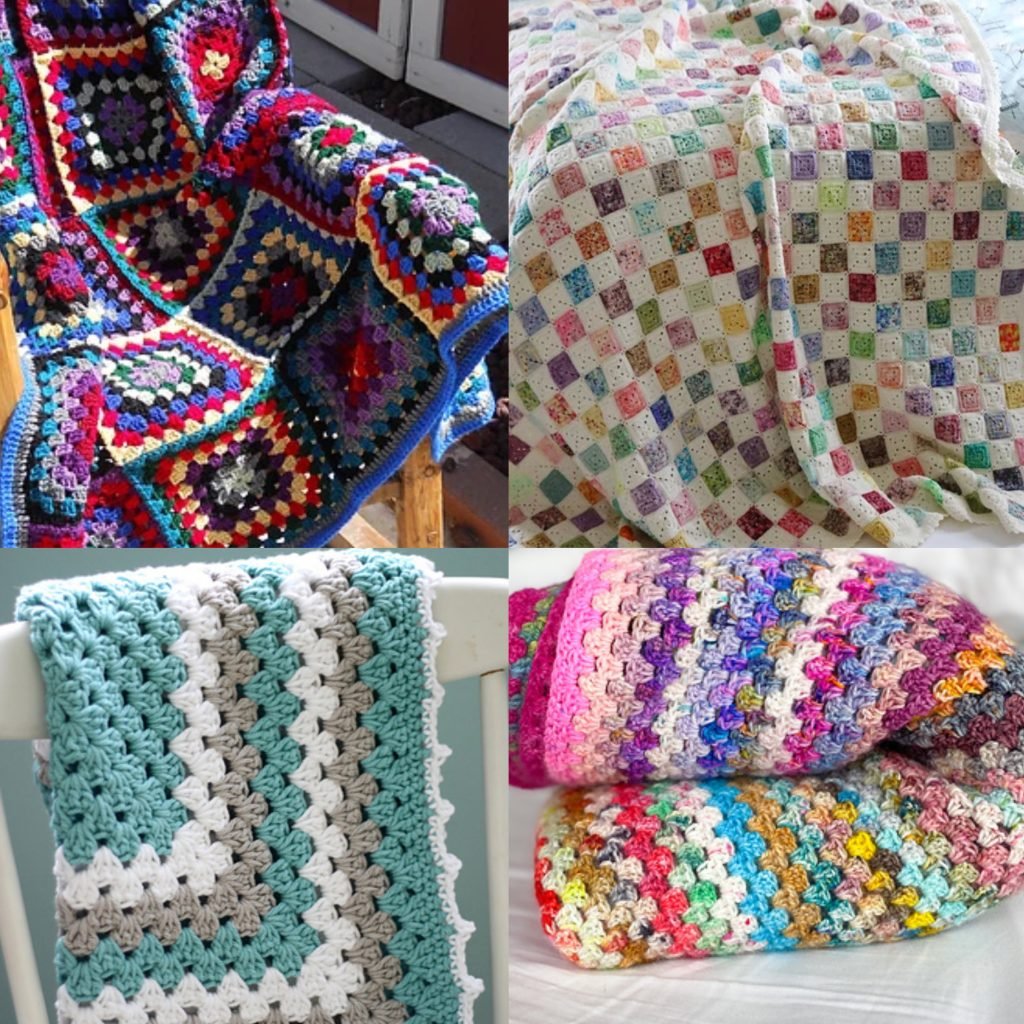
Why Handmade Blankets Still Matter
In today’s fast-paced world, when a blanket can be ordered online and delivered within a day, one might ask why anyone would spend weeks or months making one by hand. The answer lies in the meaning woven into the process. Handmade blankets are not just fabric and yarn they are stories, memories, and acts of love. They can mark the birth of a grandchild, serve as a wedding gift, or comfort someone during illness. Each stitch is a reflection of time given, and time is perhaps the most valuable gift of all.
Maggie still makes blankets today, though slower than before. Her great-grandchildren curl up in them, unaware of the long line of hands that carried the craft forward. “When I see them dragging one across the floor, I don’t mind,” she laughs. “That blanket’s doing its job keeping them warm and making them feel safe. That’s what it’s always been about.”

A Legacy to Carry Forward
Learning to make a handmade blanket is more than picking up a hobby it’s participating in a legacy. It’s joining generations of people, from farmhouses in Ohio to cabins in Scandinavia to Native weaving circles in the American Southwest, who turned raw material into something enduring and beautiful. In an age of disposable goods, a handmade blanket is a reminder that some of the most valuable things we own aren’t bought they’re made, stitch by stitch, with patience, care, and love.


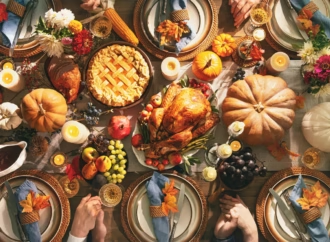
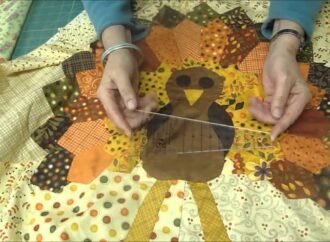



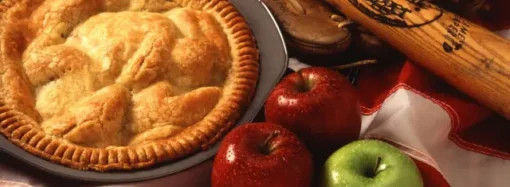


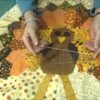






Leave a Comment
Your email address will not be published. Required fields are marked with *